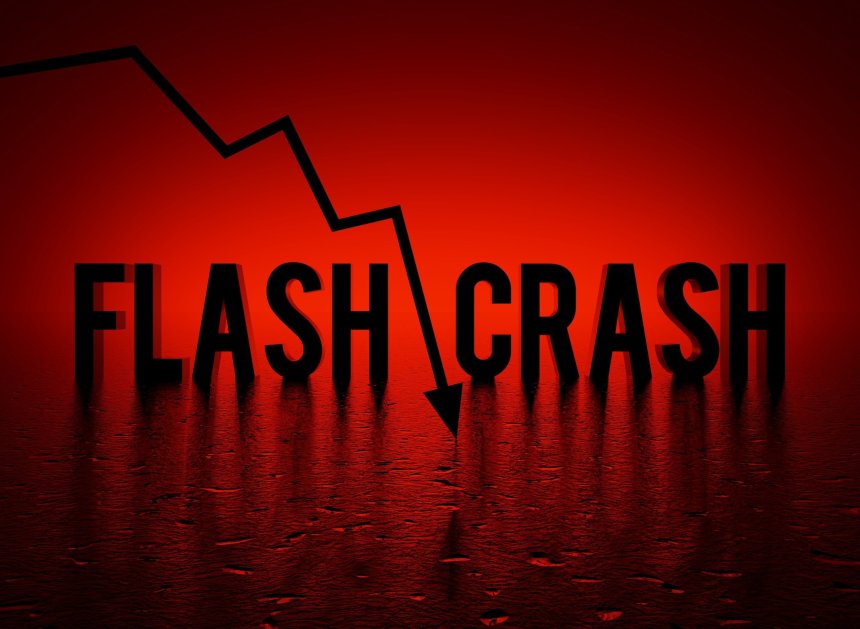Overnight on Saturday, in the late hours of the night, Bitcoin price flash crashed by over 10% and $1,400 in just ten minutes.
But what caused such a massive crash in the cryptocurrency, and how can investors and traders prepare for such an unpredictable event?
3/10 The moment BTC hit $12,000 was right afer midnight on a Saturday night in New York and around 6:30 AM Sunday in Europe. That means that most of Europe and N-America was not trading, only the Asian traders were in the market. Therefore liquidity was relatively low.
— Marc van der Chijs (@marcvanderchijs) August 2, 2020
What Caused This Weekend’s Midnight Flash Crash In Bitcoin Price?
Right after the clock struck midnight in New York City, Bitcoin spiked to a high of $12,098. At that moment, a cascading collapse in price began.
The initial selloff pushed the cryptocurrency below $12,000 where it paused momentarily, then the floor fell completely out from below.
Ten minutes later, BTCUSD had lost over 11% value and dropped another $1,400 to $10,600. In less than an hour total, the asset had fallen by over 12.5% and $1,500.
But what exactly happened that caused this?
Related Reading | Dramatic $17,000 Bitcoin Peak Possible Within Weeks Based on Halving Fractal
The move was likely caused by a large, strategic actor who sought to take advantage of the lowest liquidity moment of the market. At that time of the night, entrepreneur Marc van der Chijs says North American and European traders would have been sleeping.
In addition, the large whale taking profit during such a low liquidity timeframe, caused a cascading effect of overleveraged derivatives traders forced to cover their positions or through stops being triggered.
The same happened during Black Thursday, albeit far more severe and was driven by different circumstances and not just one whale’s profit-taking.
It also happened in reverse in 2019, as Bitcoin broke up from $4,000 to kick off a rally to $14,000. A single, strategic actor placed several buy orders across exchanges at low liquidity moments overnight on the weekend, to have a more pronounced impact.
BTCUSD Saturday Night Flash Crash | Source: TradingView
How To Prepare For The Unpredictable in The Crypto Market
Flash crashes are rare but do still happen in the crypto market. Black Thursday was especially notable. Assets everywhere experienced a liquidity crisis, but none as bad Chainlink’s flash crash to nearly zero.
In those situation’s it is almost impossible to prepare aside from having reasonable stop losses set and to never take positions with sizes too large where losses become too risky.
It situation’s like Saturday’s crash, van der Chijs says “do not sell” or panic – this is somewhat normal behavior for Bitcoin on the weekend during a “bull market.”
Related Reading | The Most Common Bitcoin Scams And How To Avoid Them
He advises investors to “HODL” on for the ride, or perhaps try your hand at trading the wild price swings for profit. He claims its “a chance to make quick money,” but admits it isn’t a game he plays himself.
Whatever you do decide to do, there’s no way to completely prevent loss in the event of a flash crash, but a properly placed stop-loss can keep risk to a minimum. Whether you are a trader or simply an investor, the stop loss is a tool everyone should become familiar with and utilize as a precaution against flash crashes.
